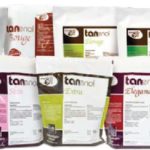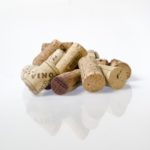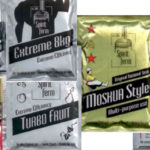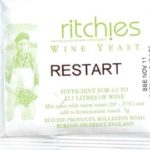 Produkcja win musujących
Produkcja win musujących
Wina musujące, z których najbardziej znanym, najbardziej pożądanym, ale tez i jednym z najdroższych jest szampan, można produkować na kilka sposobów. Same metody produkcji daje się zastosować w każdym przypadku, ale każdy producent trzyma się raz obranej drogi, dzięki czemu wina zawsze smakują tak samo.
Tradycyjna metoda szampańska (oznaczona jako „szampańska” na szampanach i jako „tradycyjna” na pozostałych winach produkowanych w ten sposób) polega na poddawaniu wina fermentacji już po rozlaniu do butelek. Jest to technologicznie proste, ale nie jedyne rozwiązanie. Alternatywą jest metoda włoska, czyli tzw. proces Charmat. W tym przypadku trunek poddaje się wtórnej fermentacji w kadziach stalowych, a następnie pod ciśnieniem rozlewa do butelek po usunięciu drożdży.
W obu przypadkach pojawiają się w procesie produkcji wina wspólne elementy. Wszystko zaczyna się od delikatnego tłoczenia. Pozwala ono na uniknięcie przedostawania się do wina cierpkich aromatów. Równocześnie tłoczy się i fermentuje wstępnie soki z winogron z różnych winnic, które następnie będą kupażowane. Kupaż przechodzi wtórną fermentację w kadziach lub butelkach. Ponieważ do wyrobu win musujących używa się bardzo młodych winogron, napoje te byłyby dość kwaśne, gdyby nie dodawano do nich na kilku etapach produkcji cukrów. W procesie produkcji metodą szampańską trzeba w pewnym momencie zamrozić trunek, żeby razem z kapslem (butelki leżakują do góry dnem) usunąć osad z drożdży. Usuwa się wtedy też pewną ilość wina, która uzupełnia się tzw. liqueur de expedition, czyli specjalną mieszanką cukru i wina z rezerw producenta. W przypadku procesu Charmat nie ma takiej potrzeby, ponieważ osad z aktywnych drożdży winnych usuwany jest jeszcze przed zabutelkowaniem wina.
Szczegóły procesów technologicznych są oczywiście zmieniane przez producentów poszczególnych win, dzięki czemu każde ma niepowtarzalny smak i swój unikalny charakter, jednak ogólne zasady są zawsze takie same.








